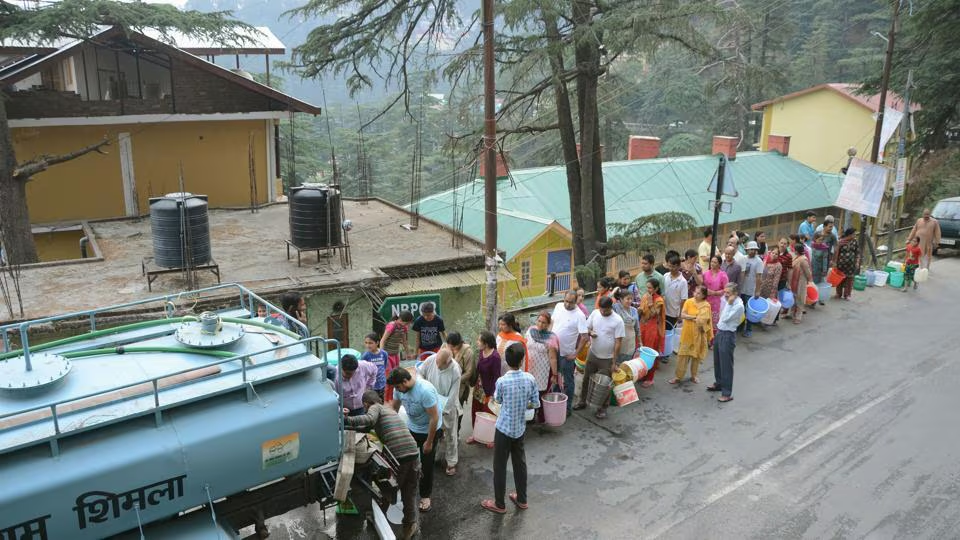Now Reading: Chhattisgarh to Implement Free Power for Farmers from June 15: Implications for Rural Economy
-
01
Chhattisgarh to Implement Free Power for Farmers from June 15: Implications for Rural Economy
Chhattisgarh to Implement Free Power for Farmers from June 15: Implications for Rural Economy

Starting June 15, the Chhattisgarh government is set to implement a free electricity scheme for farmers across the state. Aimed at reducing agricultural input costs and boosting rural productivity, the move is being closely watched for its potential impact on the farming community, especially in Tier-2 and rural regions where agriculture remains the backbone of the economy.
A Step Towards Easing Farm Burden
The free power initiative will cover agricultural pump connections, which are primarily used for irrigation purposes. With electricity bills forming a significant part of farmers’ operating costs, the scheme aims to provide direct economic relief, particularly to small and marginal farmers who often struggle with rising input expenses.
This is expected to ease the financial pressure during the upcoming Kharif season, when irrigation demand increases and income remains uncertain until harvest.
How the Scheme Will Work
Under the plan, eligible farmers will receive a full subsidy on electricity bills for agricultural pump usage. The subsidy will be directly provided to the electricity distribution companies, allowing farmers to access uninterrupted power without paying out-of-pocket.
The initiative will apply across all districts of the state, with special attention to tribal and remote areas where power supply issues have historically hindered agricultural activity.
Rural Economy: Boost or Burden?
Experts believe the scheme could boost rural spending power, as savings on electricity could be redirected towards seeds, fertilisers, and farm equipment. For local markets in Tier-2 cities like Bilaspur, Raigarh, and Durg, this could translate into higher demand and improved business sentiment.
However, concerns have been raised about the long-term financial sustainability of such subsidies. Power utilities already face losses, and expanding subsidies may require stronger fiscal support or reforms in energy efficiency and metering.
Farmers’ Response and Ground Reality
Initial reactions from farmer associations have been largely positive. Many believe the move is a timely relief, especially in the face of unpredictable monsoons and fluctuating crop prices. In areas with limited irrigation infrastructure, free electricity may even encourage farmers to adopt modern pump systems.
At the same time, access and implementation remain key concerns. Irregular supply, poor maintenance of power lines, and delayed connections could limit the actual benefits on the ground. Ensuring that the scheme reaches those who need it most will be a major test for local administration.
Conclusion: A Critical Moment for Agricultural Policy
As Chhattisgarh prepares to implement this ambitious scheme, its impact will go beyond immediate financial relief. If executed effectively, it could become a model for other states looking to support farmers without relying on direct cash transfers.
However, the success of such initiatives depends on balancing benefits with long-term viability. For the rural economy to thrive, power access must be reliable, equitable, and part of a broader agricultural development strategy.
























